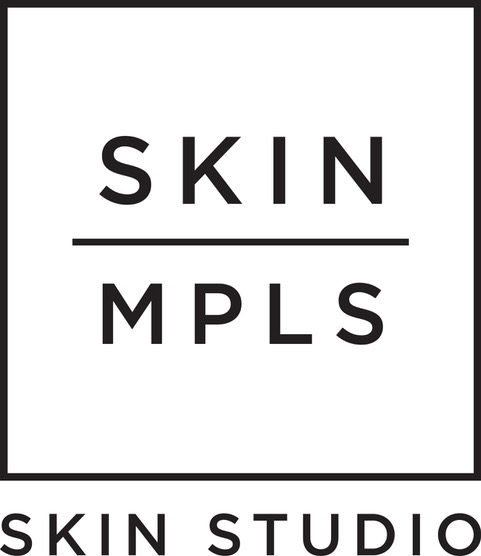Do Europeans Have Better Skincare?
Here are the facts versus fiction in this common skin question.
There's something American girls envy about Euro style and skin. As the quintessential capital for beauty trends, Parishas TikTok and everyone else lusting over any product with a French name.
Can French women do less skincare, possibly drink more wine than water, and eat bread at most meals but have better skin? Since je ne sais quoi doesn't technically translate, does that mean their secrets are reserved only for the French? We separate fact from fiction, telling you what to lust after versus what to leave behind when it comes to French and European beauty and culture.
Fiction: European products are better
Though Europe bans more ingredients than the US, it doesn't translate to superior products – just more regulated ones, which sometimes can burden small lines with great technology trying to break through in the industry.
America may have more "bad" products, but we also have more good ones. America is a vast beauty market, and very talented people and scientists make amazing products, especially professional ones. If you think that picking up some pharmacy products while you are overseas will fix your skin woes, you are missing the whole point of the European approach.
Fact: Europeans take a "less is more" approach
A few decent products will go further than dozens of lackluster ones, so European skincare can get an edge because of its less is more philosophy. If you load tons of ingredients that you're unclear about their purpose, you are much more likely to end up red, dry, and irritated on your skin, which will worsen your skin conditions.
Americans are more enticed by new and trendy products, while Europeans tend to hand down beauty secrets and a simple regimen to their children at a young age.
Fact: Europeans put more emphasis on healthy skin than young or clear skin.
American marketing in skincare is beginning to make semi-offensive buzzwords like "anti-aging" and "anti-acne" a thing of the past. Instead, we are changing the desire simply to want healthy skin. Europe has been doing "healthy" skin forever. When you treat only a specific skin condition like acne or wrinkles, you end up using ingredients that don't address the whole picture and don't do your entire face any favors. Consumers are also left trying to constantly diagnose their skin when, in reality, only a few fundamentals reign true for all skin.
Europeans learn the importance of cleansing, gentle exfoliation, hydration, moisturizer, and SPF application at a young age. This helps to keep their skin healthy. In America, we tend to only start caring for our skin when we see acne or wrinkles, which skips the necessary foundation. Europeans also understand that what you put in your body affects what your skin looks like as well. They tend to spend more time outdoors walking, eat fewer processed foods, and take more restful vacations.
Fact: Europeans are the "OGs" of barrier health
Barrier health has been trending for the past several years. But there is more to that than simply throwing some petroleum jelly on your face. Our skin is made up of oil and water, and we should respect and protect that your skin needs to be moisturized. Americans tend to strip the skin and then seem confused when it looks dull, red, or frail later.
In our opinion, stripping the skin, penetrating active ingredients, and finally nourishing it to rebuild the barrier is the key to the best results – but Americans lack the education to know how to exfoliate without overdoing it. Then they think slapping a balm on will fix things. Europeans understand all the steps work together to create barrier health, and, if anything, they underexfoliate.
Fiction: European facials are better
European facials are seen more as a standard of care and hygiene than a luxury. More people in Europe pencil facials into their biweekly or monthly lifestyle. They also take the advice of their beauty therapist seriously. Typically, their facials are more about cleansing, gentle exfoliation, moisturizing masks, and massage.
We like a more active treatment that you can't recreate at home. In true and better/faster/stronger fashion, sometimes more exfoliation, science, and chemical peels will deliver more powerful results. Don't be fooled into thinking European facials are the only way to go; you just need to dig around to find a great aesthetician here!
Fact: Tox is less common in Europe
While neurotoxin/neuromodulator injections, such as Botox, Dysport, Xeomin, etc., are still prevalent in Europe, it is statistically less common for people to turn to tox, filler, and other injections. This is likely due to all the things we've touched on: an emphasis on healthy aging over never aging, more facials in younger years that prevent future damage, cultural differences, and, dare we say, more confidence in European women.
In America, we have the luxury of taking some of these principles that guide European beauty, but adding scientifically advanced active products, in-depth facial treatments, and a little tox can give us the best of both worlds. Just remember, focus on healthy skin, stay away from social media skin trends, work with a professional, and keep your product stash to a minimum. Most of all, get some confidence in your skin! French girls still have lines, sun spots, and dull skin, but you don't notice because they don't care
